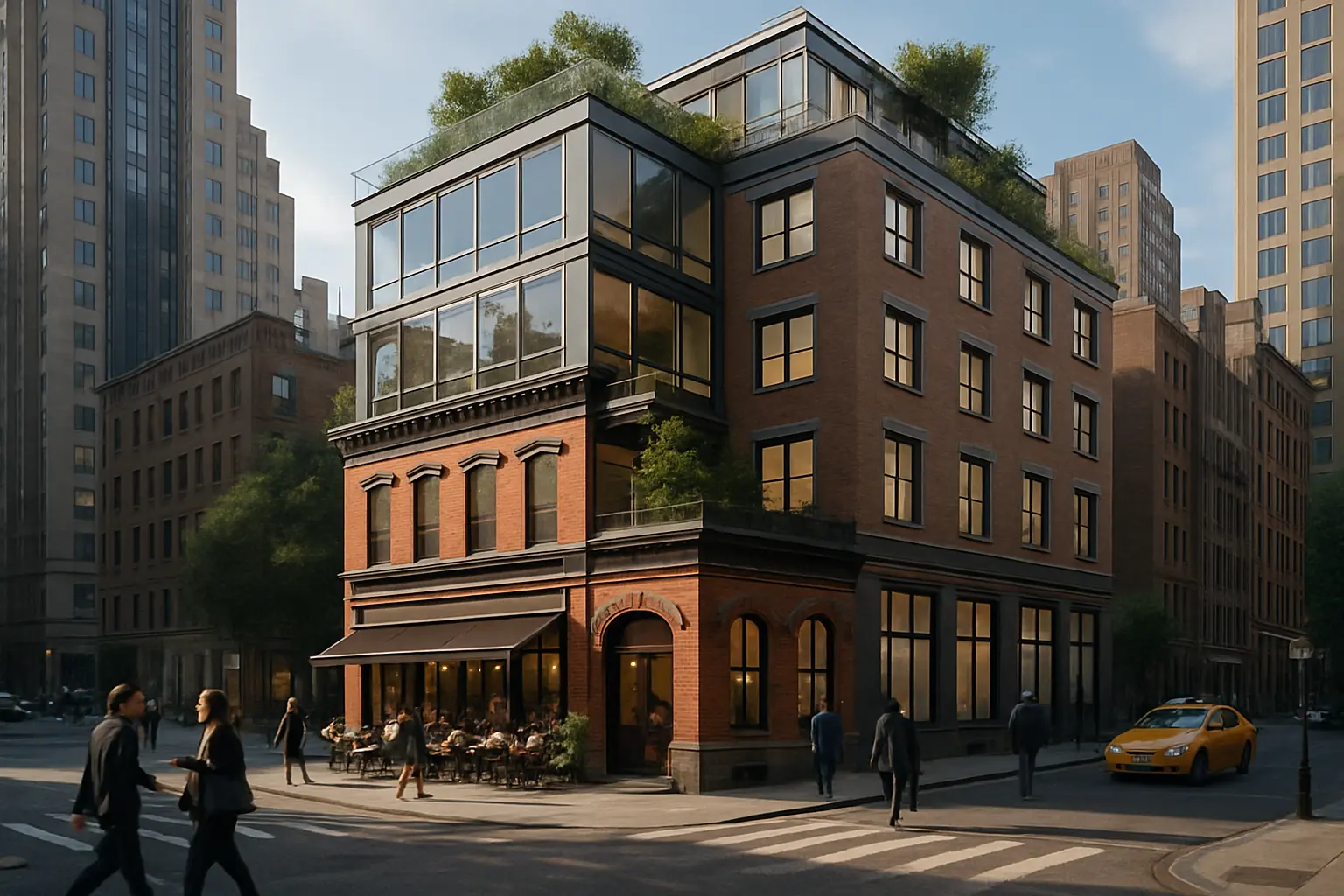From Brownstones to Boardrooms: New York's Dual-Purpose Properties Revolution
Discover how savvy investors are maximizing returns by blending residential and commercial spaces in NYC's most sought-after neighborhoods.

The Evolution of Mixed-Use Properties in New York
New York City's real estate landscape is undergoing a remarkable transformation as investors and developers reimagine the potential of urban spaces. The traditional boundaries between residential and commercial properties are dissolving, giving rise to innovative dual-purpose developments that cater to the evolving needs of modern city dwellers.
In recent years, historic brownstones and contemporary buildings alike have been thoughtfully converted into mixed-use properties, creating vibrant communities where people can live, work, and thrive in a single location. This trend represents a return to the city's historical roots while embracing forward-thinking design principles.
Strategic Advantages
Financial Benefits:
- Enhanced rental income from multiple revenue streams
- Increased property value due to versatility
- Tax advantages through diversified property use
- Reduced vacancy risks
Lifestyle Perks:
- Reduced commute times for residents
- Built-in amenities and services
- Stronger community connections
- Sustainable urban living
Prime Locations and Market Opportunities
The most promising neighborhoods for mixed-use investments span across New York's diverse boroughs:
Manhattan
The Financial District and Chelsea lead the way in converting historic buildings into dynamic live-work spaces, with premium values for properties featuring ground-floor retail beneath luxury residences.
Brooklyn
Williamsburg and DUMBO continue to exemplify successful mixed-use development, where industrial-chic buildings house thriving businesses and sought-after apartments.
Queens
Long Island City and Astoria are emerging as hotspots for new mixed-use developments, offering more affordable entry points for investors.
Future-Proofing Your Investment
Essential Considerations:
- Zoning regulations and compliance requirements
- Infrastructure capacity and building systems
- Market demand analysis
- Flexible design principles
"The future of New York real estate lies in creating spaces that adapt to how people actually live and work today. Mixed-use properties aren't just a trend – they're becoming the new standard for urban development."
Success in the dual-purpose property market requires careful attention to:
- Sound-proofing and privacy considerations
- Separate access points for residential and commercial areas
- Smart technology integration
- Sustainable building practices
As New York City continues to evolve, mixed-use properties represent not just an investment opportunity, but a fundamental shift in urban living. By understanding market dynamics and implementing thoughtful design strategies, investors can position themselves at the forefront of this revolutionary change in real estate.


